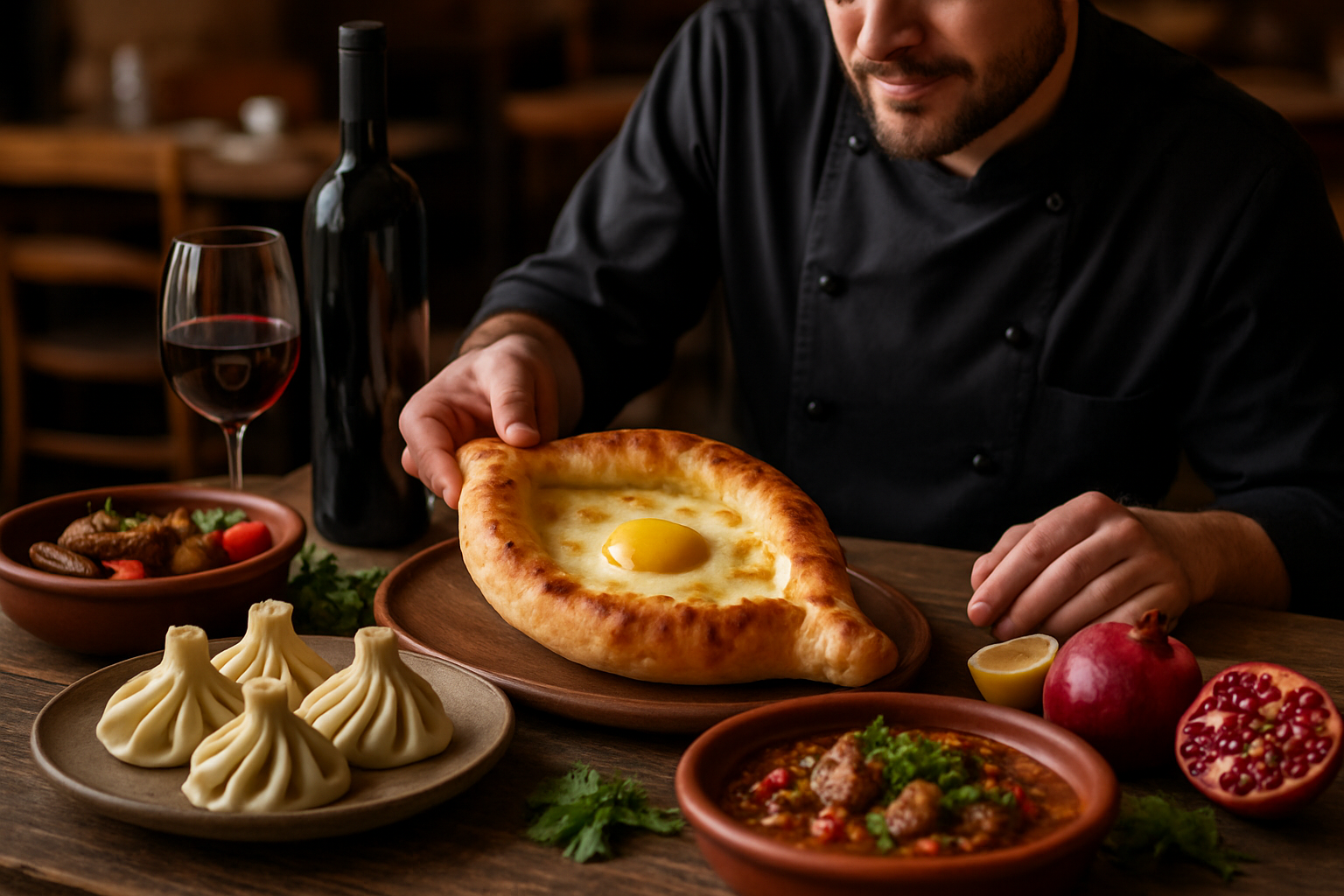Culinary Diplomacy: Food as a Bridge Between Cultures
In a world often divided by borders and ideologies, an unexpected ambassador of peace and understanding has emerged: food. Culinary diplomacy, the practice of using cuisine as a means of fostering cultural exchange and international goodwill, is gaining traction as a powerful tool in international relations. From state dinners to food festivals, the sharing of culinary traditions is breaking down barriers and building connections between diverse communities. Read below to explore how this delicious form of diplomacy is reshaping global interactions and promoting cross-cultural understanding.

From State Dinners to Street Food: The Many Faces of Culinary Diplomacy
Culinary diplomacy takes many forms, ranging from formal state dinners to grassroots initiatives. At the highest levels of government, carefully crafted menus serve as a subtle yet powerful means of communication. For example, when foreign dignitaries visit, host countries often incorporate elements of the guests’ cuisine into the meal, demonstrating cultural sensitivity and respect. On a more informal level, food festivals and cultural exchanges allow citizens to experience authentic dishes from other nations, fostering understanding and appreciation for different culinary traditions.
The Role of Chefs as Cultural Ambassadors
In the realm of culinary diplomacy, chefs have emerged as unlikely yet effective cultural ambassadors. Many governments and organizations now sponsor chef exchange programs, sending culinary experts abroad to share their expertise and learn from local traditions. These exchanges not only promote culinary innovation but also facilitate person-to-person connections that transcend language barriers. Chefs returning from these experiences often incorporate new techniques and ingredients into their cooking, creating fusion dishes that reflect a blend of cultures.
Digital Platforms Amplifying Culinary Connections
The rise of social media and digital platforms has greatly expanded the reach of culinary diplomacy. Food bloggers, influencers, and online cooking shows have made it easier than ever for people to explore global cuisines from the comfort of their homes. Virtual cooking classes and live-streamed food tours allow for real-time cultural exchange, breaking down geographical barriers. This digital dimension of culinary diplomacy has proven particularly valuable during times when physical travel is limited, ensuring that food continues to serve as a bridge between cultures.
Challenges and Controversies in Culinary Diplomacy
While culinary diplomacy has shown great promise in fostering international understanding, it is not without its challenges. Issues of cultural appropriation and authenticity often arise, particularly when cuisines are adapted or commercialized for foreign markets. There is also the risk of oversimplifying complex cultural identities through food alone. Critics argue that focusing on cuisine may distract from more pressing diplomatic issues or perpetuate stereotypes. Addressing these concerns requires a thoughtful and nuanced approach to culinary diplomacy that respects the depth and diversity of culinary traditions.
The Future of Food in International Relations
As the world becomes increasingly interconnected, the role of culinary diplomacy is likely to grow. Experts predict that food will play an even more significant role in shaping international relations and cultural exchange in the coming years. From addressing global food security issues to promoting sustainable culinary practices, the potential applications of culinary diplomacy are vast. By recognizing the power of shared culinary experiences, nations and individuals alike can harness the universal language of food to build bridges and foster mutual understanding in an increasingly complex global landscape.





